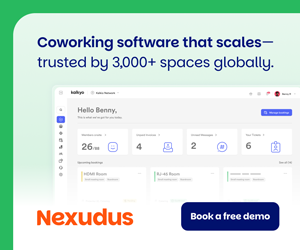Companies have started planning their post-pandemic workplace strategies, and for many that means creating hybrid environments that combine both in-office and remote working.
“In March, we all boarded a coronavirus time machine to the future,” said Jeff Schwartz, founding partner of Deloitte Consulting’s Future of Work practice. “The tools that would have taken five to 10 years to develop and launch took five weeks or even five days. Now as we think about what it means to go back to the office, we can’t use an old map to explore a new world. COVID has not been detour. It was an onramp to a new way of working.”
One of the biggest takeaways from the past year has been the necessity of flexible work hours. Instead of continuously sacrificing personal lives for the sake of work, professionals have been given a taste of what it means to achieve a healthy work-life balance.
This will likely continue to be part of workplace strategies moving forward and allow employees to have a bigger say about when they work.
Business leaders have also had to make their own changes in how they approach managing a distributed workforce.
Now, instead of making decisions based on their own opinion, reaching out to employees to create the best workplace experience will be essential.
This is particularly important as every worker has their own preference. Working parents may need to work remotely while their kids are learning from home, while others may miss having the socialization of the office.


 Dr. Gleb Tsipursky – The Office Whisperer
Dr. Gleb Tsipursky – The Office Whisperer Nirit Cohen – WorkFutures
Nirit Cohen – WorkFutures Angela Howard – Culture Expert
Angela Howard – Culture Expert Drew Jones – Design & Innovation
Drew Jones – Design & Innovation Jonathan Price – CRE & Flex Expert
Jonathan Price – CRE & Flex Expert











